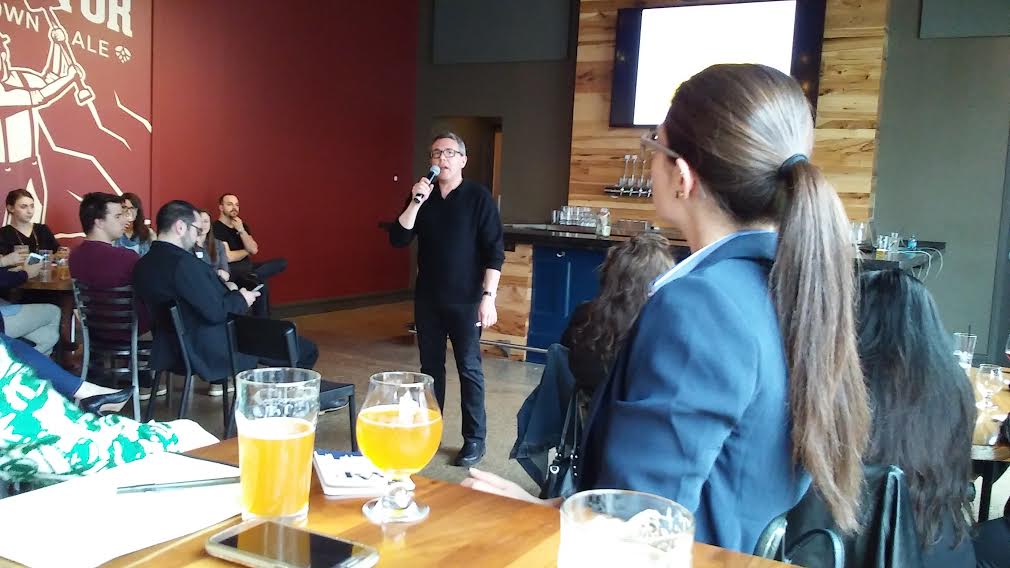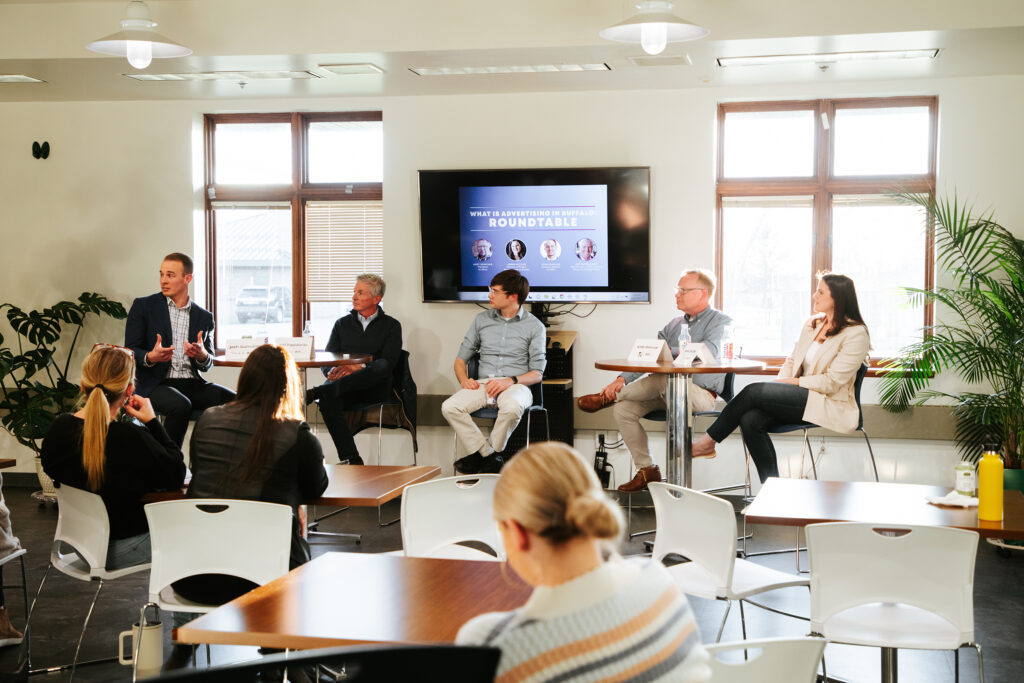
On Thursday, April 25th, AAF Buffalo sat down at FARM—with Andy Donovan, President at dPost, Jeff Pappalardo, Post Partner/Chief Creative Officer at Crowley Webb, Jenna Hutzler, Director of Project Management at Riveter, and Josh Gumulak, Account Director at FARM—to discuss what advertising is like in Buffalo.
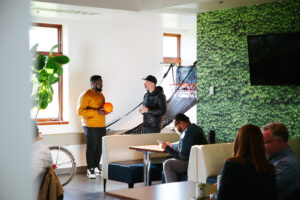 For those not intimately familiar with the advertising industry, it can often be a puzzle. What exactly does a project manager or an account manager do? And what’s the role of an account executive? The creative department, with its myriad of titles, can be equally perplexing. For instance, what does a creative director even do anyway? In our panel discussion, the experts shed light on these roles and their day-to-day activities. But they didn’t stop there. They delved into various topics, from Buffalo’s unique advertising culture to Delaware Blue Hens (you had to be there).
For those not intimately familiar with the advertising industry, it can often be a puzzle. What exactly does a project manager or an account manager do? And what’s the role of an account executive? The creative department, with its myriad of titles, can be equally perplexing. For instance, what does a creative director even do anyway? In our panel discussion, the experts shed light on these roles and their day-to-day activities. But they didn’t stop there. They delved into various topics, from Buffalo’s unique advertising culture to Delaware Blue Hens (you had to be there).

Panelists agreed that advertising in Buffalo differs from advertising in New York City and other larger markets. Jeff, a former city dweller, noted his decision to move back to Buffalo after working there for some time, partly stemmed from the city’s cutthroat nature. Even though he felt competition could sometimes strengthen work, he shared that the best work of his career was created here in Buffalo. Andy agreed, sharing that many of dPosts clients are also picking up on this, citing that many have mentioned loving the friendly-collaborative nature of Buffalo’s advertising scene. Josh, heavily involved with AAF Buffalo’s District 2 operations, which cover New York City’s market, also noted that Buffalo’s quality of work is on par with our down-state relatives, remarking that he’s continually impressed with what our smaller, more nimble, agencies. Jenna also shared this sentiment, noting that the connected nature of Buffalo allows Riveter to tap talent perfect for the situation at hand with ease.
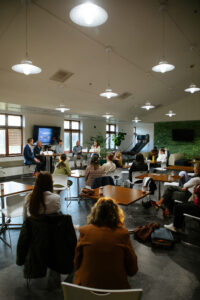 Outside these topics, the panelists discussed:
Outside these topics, the panelists discussed:
- Imposter syndrome, burnout, and other aspects of mental health in the advertising industry.
- How do you get that 1-3, 3-5 years of experience often required on a job application?
- The future of advertising as a whole, but also in Buffalo, and how we can adapt to the turbulent changes of our industry.
Thanks to our panelists, FARM and Clarksburg Cider, for bringing this discussion to life.



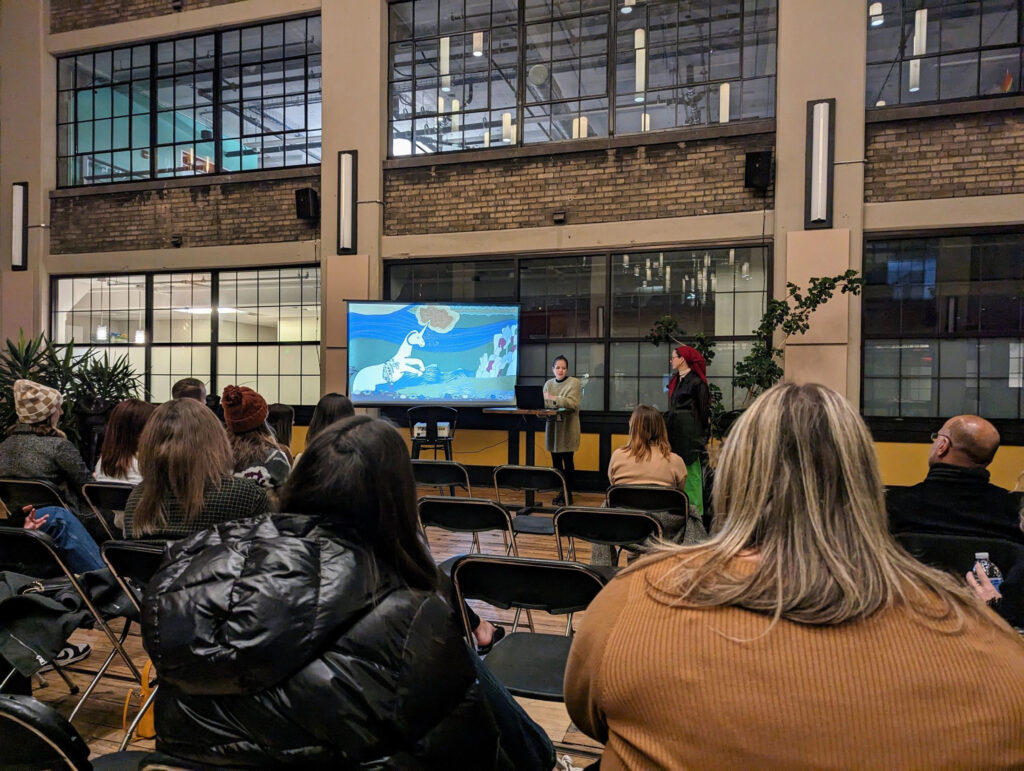
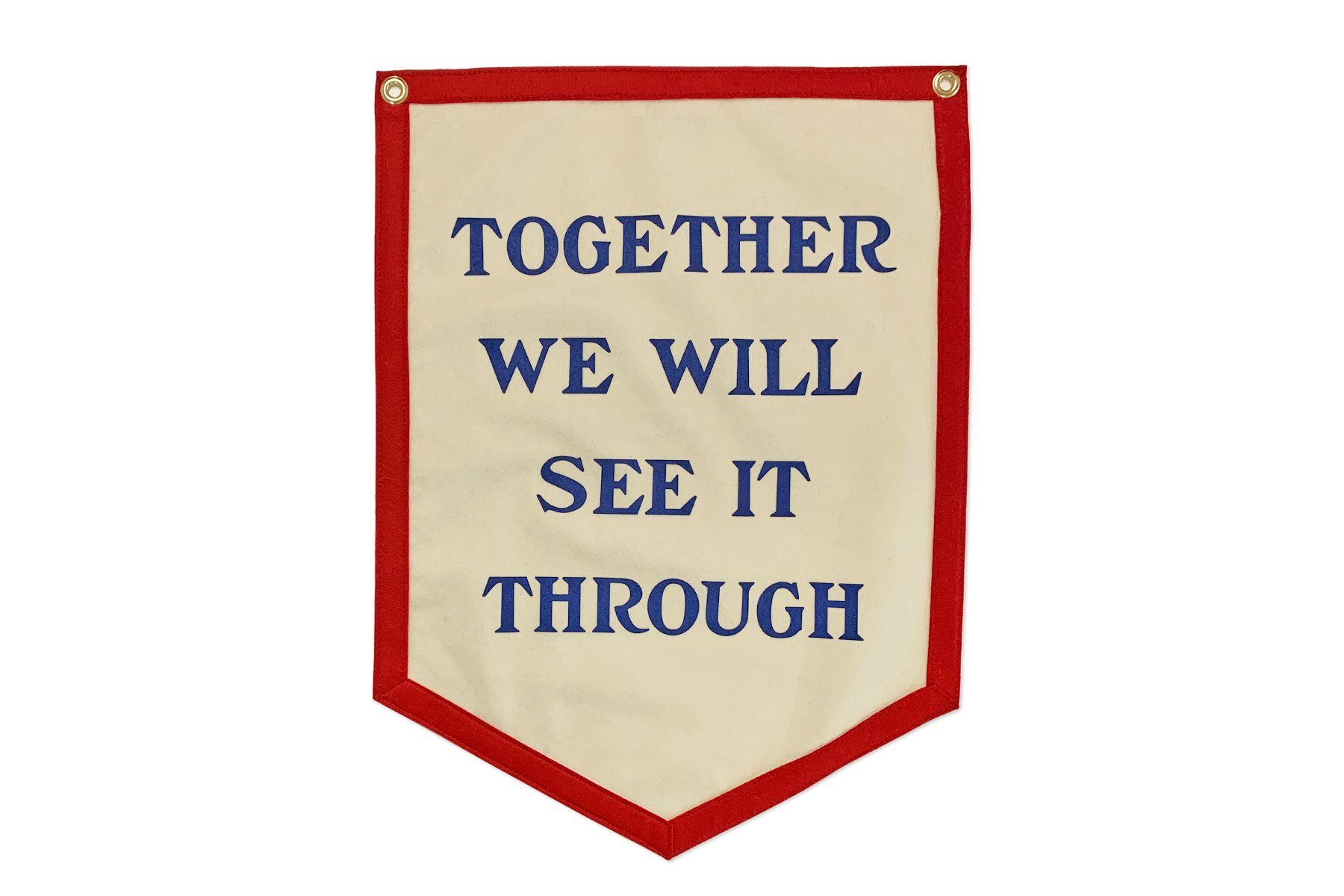
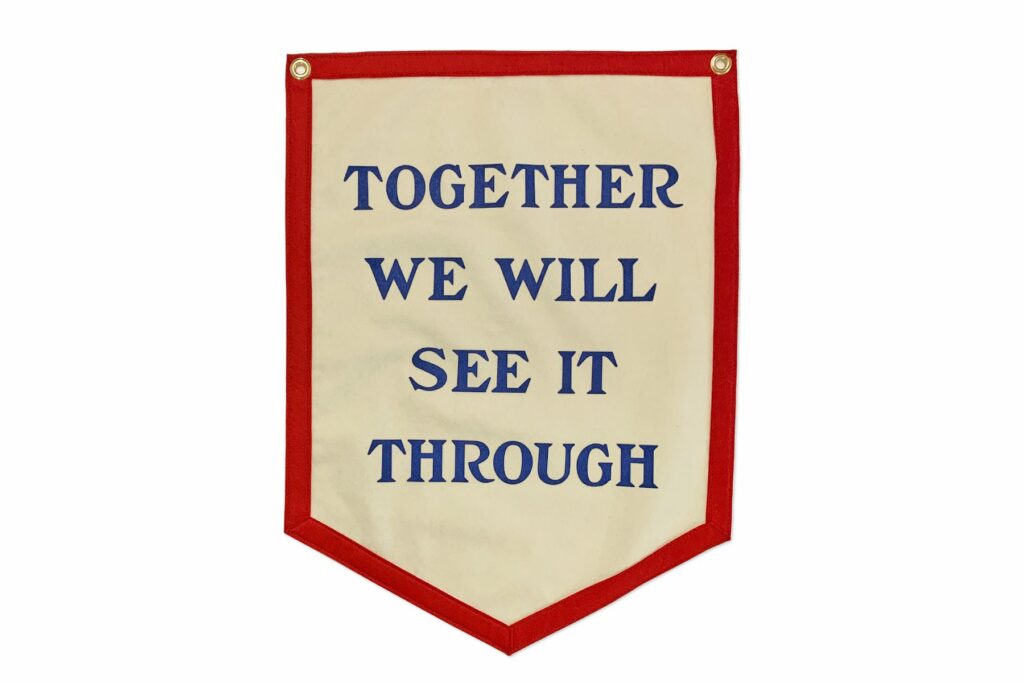

 The prominence of social media has not only altered the way in which we communicate personally, it has reshaped the information we consume, distorted emotional responses, and manipulated the visual identities of its users. In an ever-connected world, everyone struggles to balance competing priorities, remain engaged, and retain authenticity.
The prominence of social media has not only altered the way in which we communicate personally, it has reshaped the information we consume, distorted emotional responses, and manipulated the visual identities of its users. In an ever-connected world, everyone struggles to balance competing priorities, remain engaged, and retain authenticity.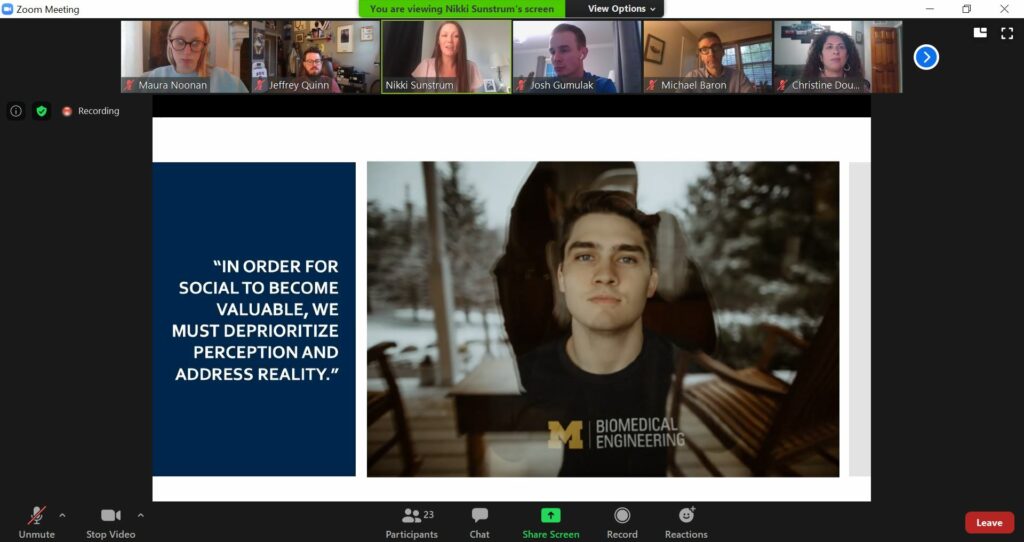
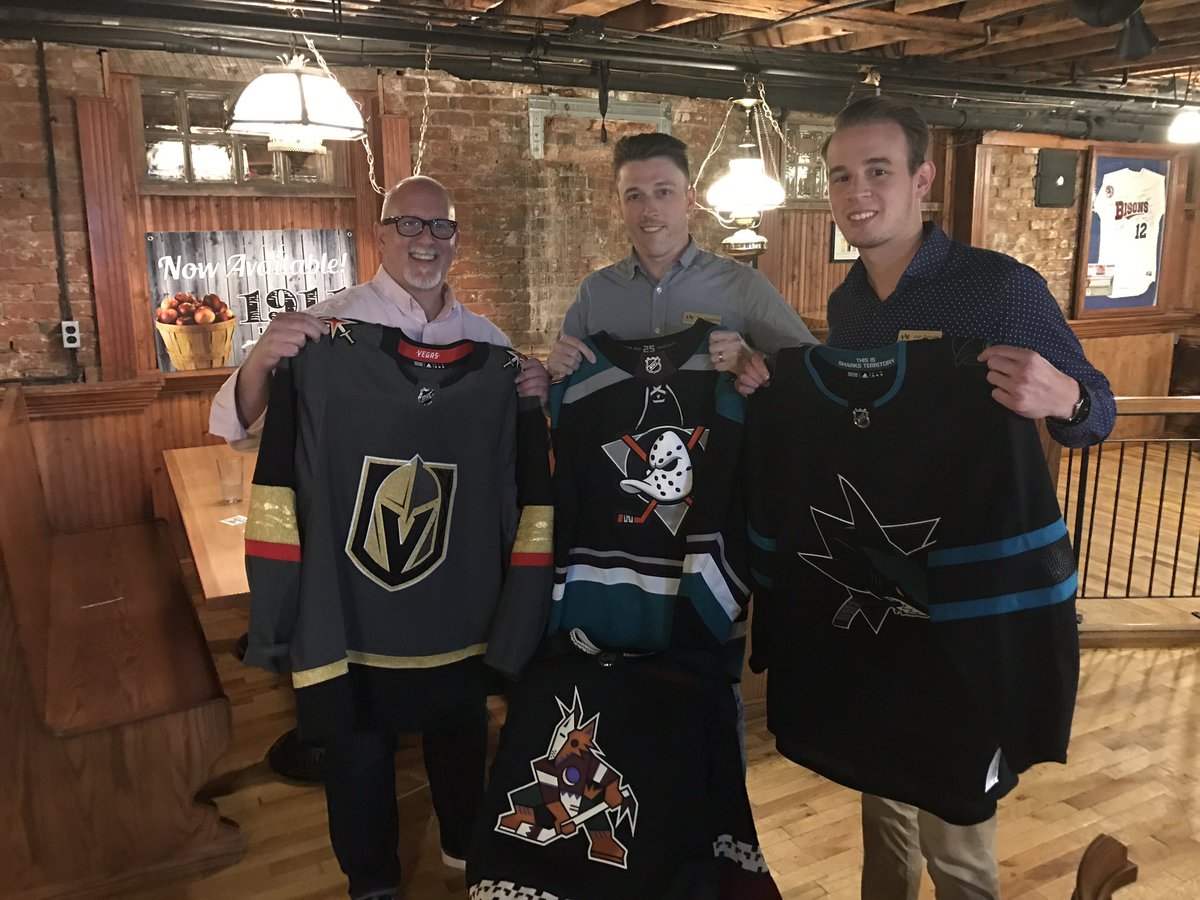

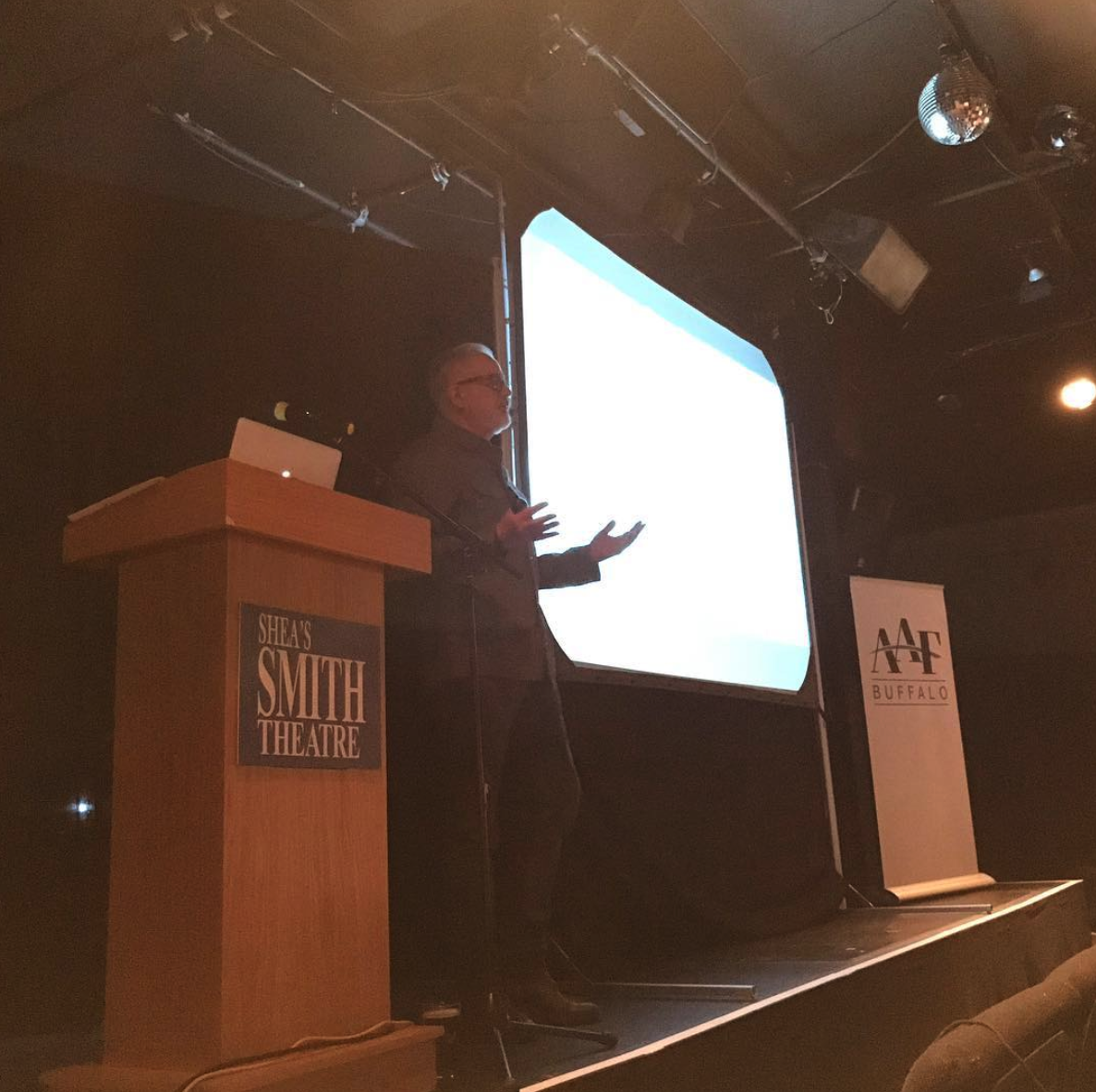

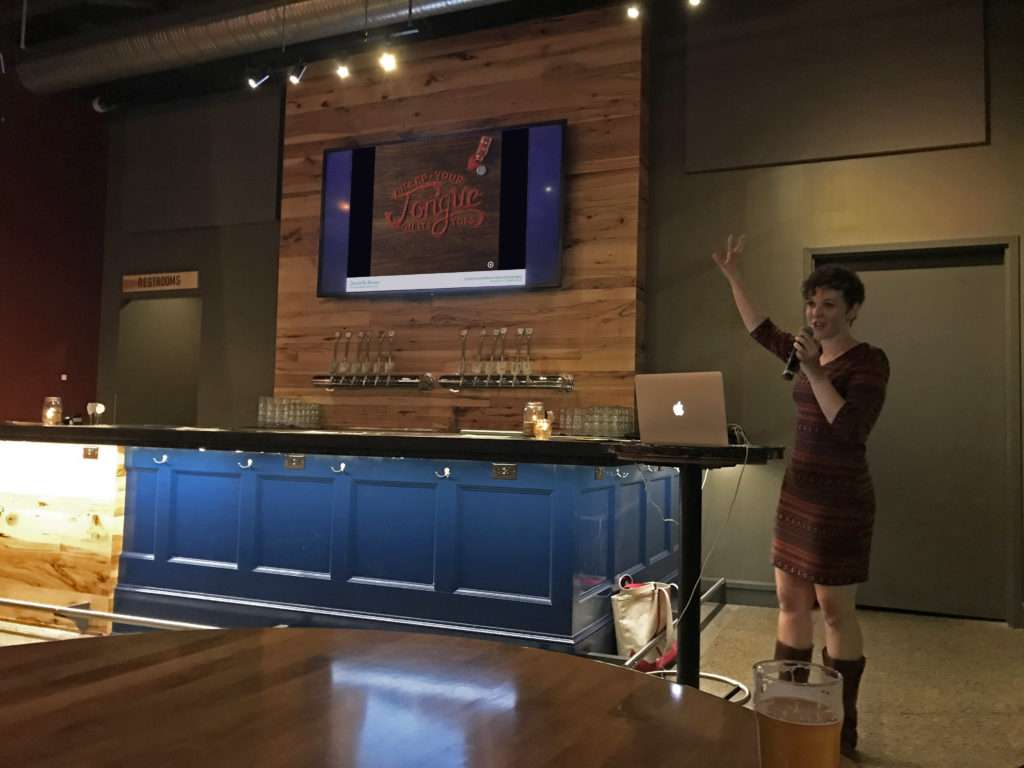
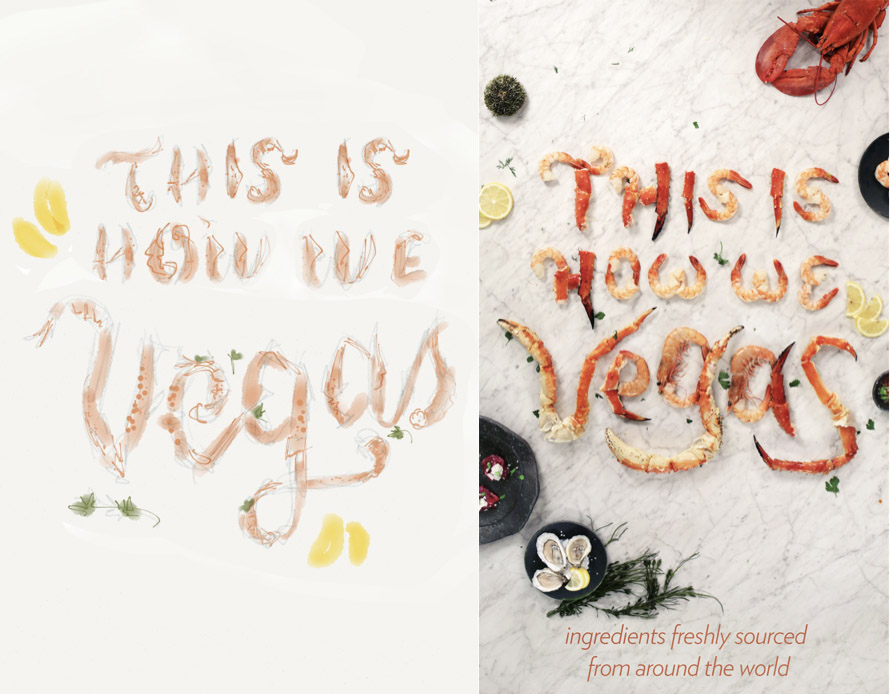

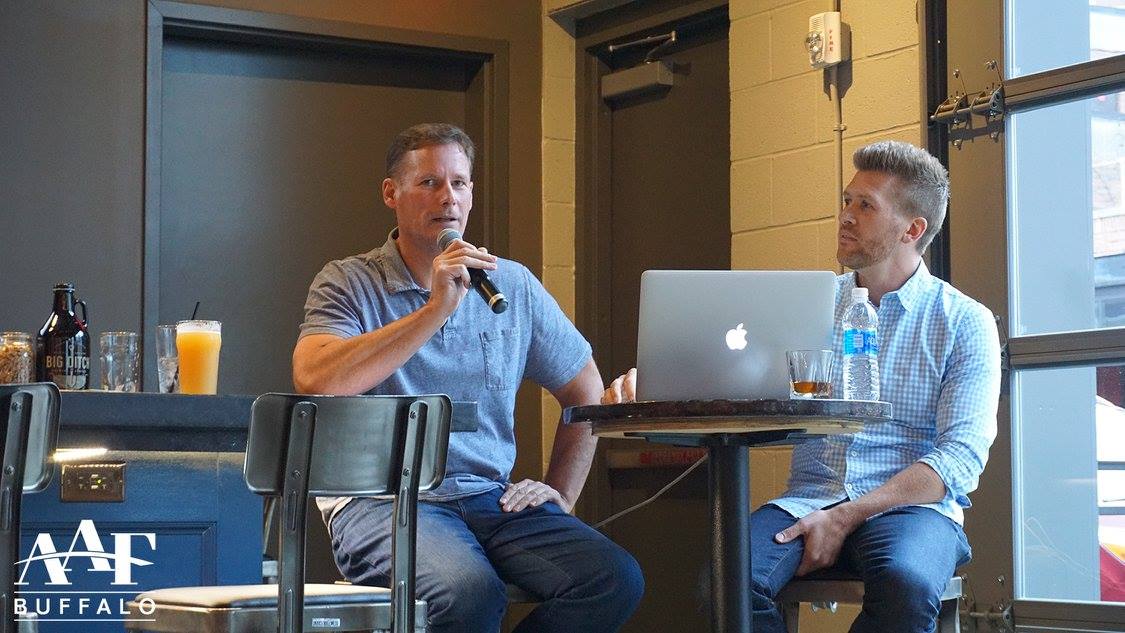
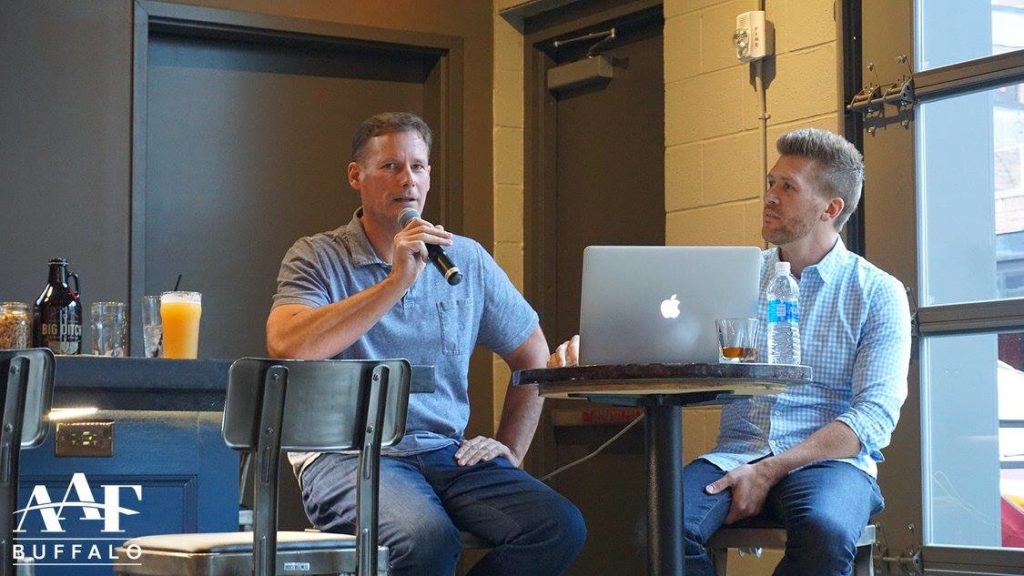
 There were a bunch of other really interesting things that happened during Brunner’s creation of The Journey, but you probably should’ve joined the 60 people who attended the talk. You have your next chance to
There were a bunch of other really interesting things that happened during Brunner’s creation of The Journey, but you probably should’ve joined the 60 people who attended the talk. You have your next chance to 